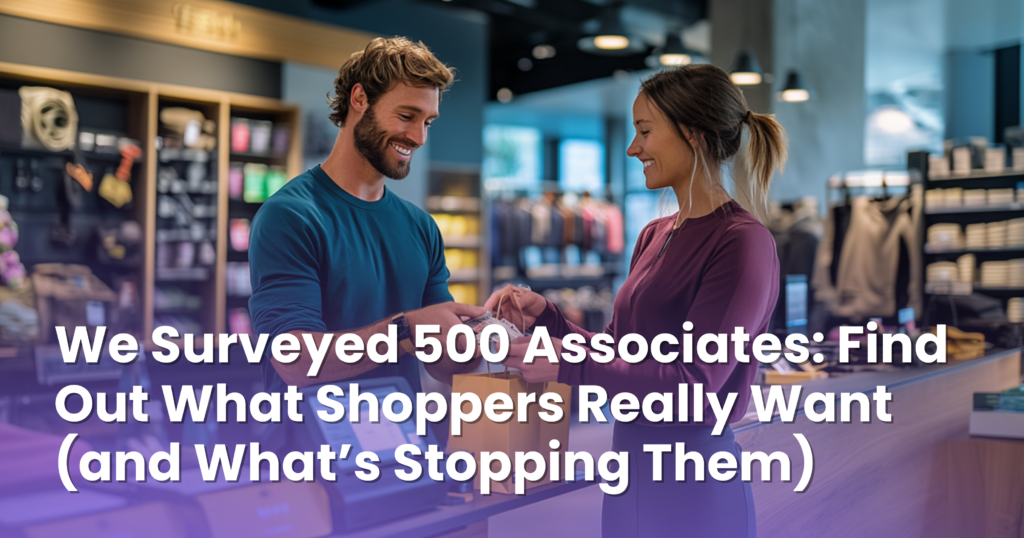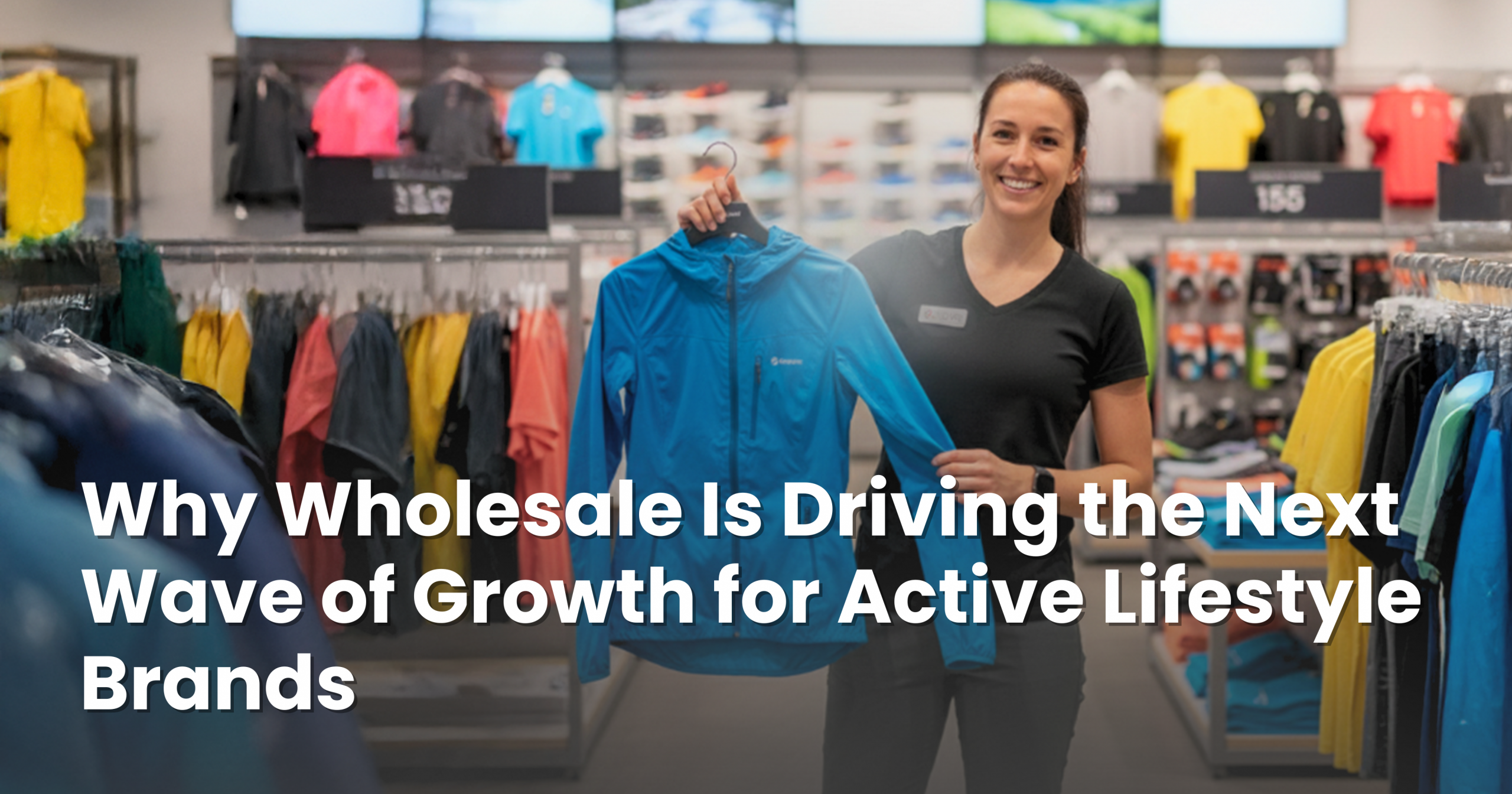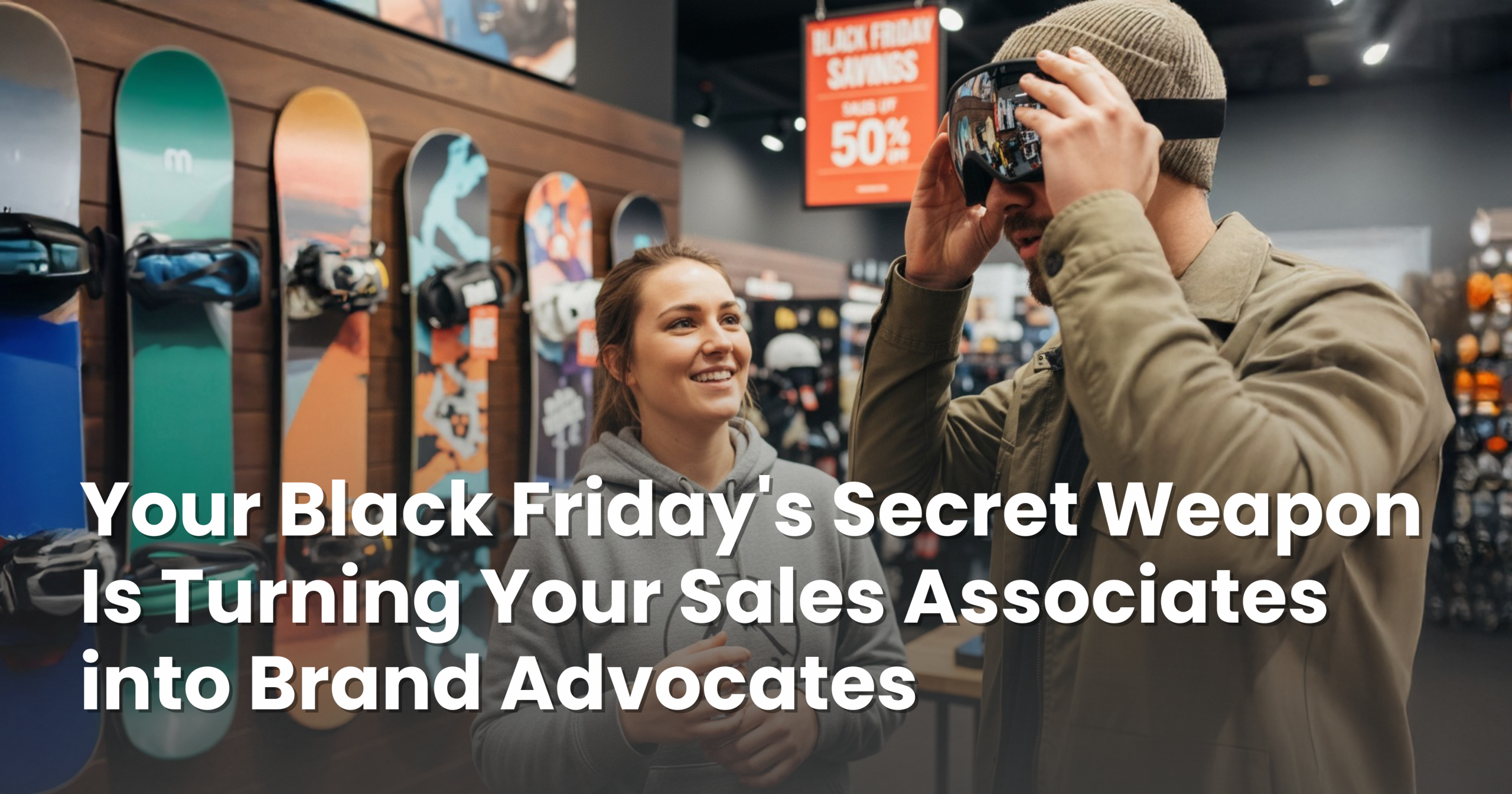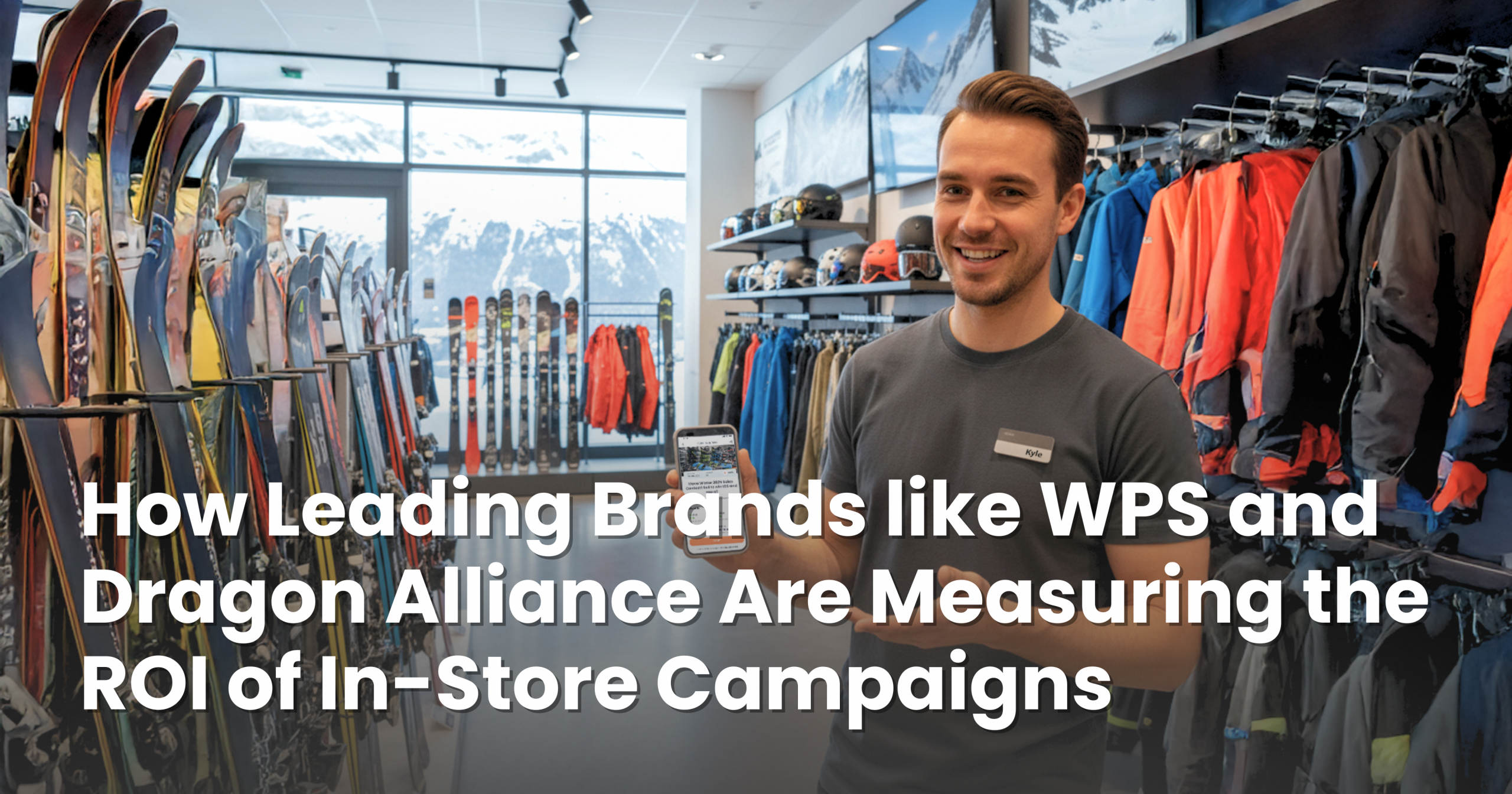
It’s no secret that in outdoor retail, the store floor is where purchase decisions are finalized. Shoppers walk in with questions, not answers. They might know what they want to do – run farther, ride faster, hike higher – but they don’t always know which product is the right one to get them there.
To bridge that gap, they turn to the people who know the products best: sales associates.
To understand what influences those purchase decisions – and what holds them back – We surveyed 500 associates across outdoor specialty retailers. These are the people having real conversations with real customers – their insights offer a unique look into how customers think, what drives them to choose one product over another, and why some walk out empty-handed.

Performance Gets People Interested – But Trust Seals the Deal
When associates were asked what factors matter most to shoppers making their final decision, three themes emerged: performance, price, and trust.
Shoppers in the outdoor space still care deeply about how a product performs – especially when it comes to durability, weather resistance, and breathability. These technical attributes aren’t just “nice to have” – they’re essential for customers who expect their gear to hold up in unpredictable environments.
But performance alone isn’t enough. What matters just as much is whether shoppers trust the brand behind the product, and whether the person recommending it makes them feel confident. This is where staff influence becomes a critical piece of the puzzle.
If the associate has been trained, has tried the product, or has a strong understanding of the features, they become more than a salesperson – they become a guide. That kind of trust turns shelf presence into real sell-through.
Interestingly, the features that generate the most buzz from customers tend to be practical and experience-driven: think versatility, lightweight design, and high-tech innovations. These aren’t flashy bells and whistles – they’re the things shoppers immediately ask about when trying something on or imagining themselves using it on the trail.
That said, many customers still struggle to understand what certain features actually mean for their day-to-day use. Waterproof ratings, insulation weights, or even sustainable material claims can lead to confusion – especially when comparing multiple brands with similar specs.
This confusion creates friction. Associates often find themselves needing to translate jargon into real-world scenarios: “Yes, this one’s technically more waterproof, but it might be too heavy if wanting to be worn on summer hiking trips.” The more a brand can simplify and humanize its product education – for both the associate and the shopper – the more likely it is to stay in the running.
Hesitation Isn’t Just About Price – It’s About Clarity
Yes, price matters. But in-store hesitation usually has more layers than that. Often, shoppers pause because they aren’t sure – not sure if this is the right size, the right spec, the right match for their specific needs.
Others say they want to “do more research,” which usually means they’re missing something they expected to find in-store. Maybe they’re used to reading reviews online. Maybe they wanted a friend’s opinion. Or maybe the associate didn’t feel confident enough in their recommendation.
The hesitation is a signal: the shopper is close – but not quite ready to commit.
This is the moment brands need to be present. Not with louder marketing – but with smarter tools. Associates need quick, clear ways to explain why this product is a good fit, who it’s best for, and how it compares. Brands that can equip them with that knowledge in the right moment remove friction – and drive conversion.

The idea of the “omnichannel shopper” is real – but not in the way some assume. Most outdoor shoppers aren’t walking into the store empty-headed or fully informed. Instead, they’re coming in with a general idea, some research, and a desire to confirm what they’ve read – or challenge it.
They look at price tags. They scan QR codes. They pull up online reviews while standing at the display. And they ask the associate what they’d personally recommend.
In fact, the associate often becomes the tie-breaker. The shopper has a few options in mind – but wants to hear from someone who they think knows the products best.
This isn’t just an “influence” moment – it’s the moment of truth. And yet, many brands still spend more on digital ads than they do supporting the very people who close the sale.
One insight that surprised even some retailers: customers behave very differently depending on who they’re with.
According to our surveyed associates, shoppers who come in alone tend to ask more questions, take more time, and dive deeper into product details. They’re there to learn and decide.
Shoppers with a companion, on the other hand, often outsource decision-making – asking a friend’s opinion or deferring to group consensus. These conversations happen quickly, and the associate’s role may be less central.
That means brands looking to increase sales should think not just about products – but about context. Are associates trained to spot who’s leading the purchase decision? Do they have different ways of engaging solo vs. group shoppers? The more tailored their approach, the better the outcomes.
What This Means for Brands and Retailers
Selling doesn’t stop at the shelf. It happens in conversations – between shopper and associate, question and answer, hesitation and clarification.
If brands want to drive conversion, they need to show up in that conversation. That means equipping associates with the tools, knowledge, and confidence to speak to the product – and advocate for it.
Because when a shopper turns to an associate and says, “What would you go with?” – that moment is everything.
Want the full survey results? “Understanding Customer Purchase Behavior: A Report from the Store Floor” reveals exclusive data and insights to help brands and retailers win at the moment of purchase – right where it matters most.
Want to hear directly from the associates selling your products? With ENDVR, you can send surveys, gather insights, and engage store staff – all in one platform.




